This extensive guide is designed to help you craft the perfect French vacation itinerary tailored to your unique preferences throughout the year. You will learn about the optimal times to visit France, each season offering its own distinct experiences and adventures. From the delightful spring temperatures ideal for sightseeing to the sun-drenched summer days perfect for beach relaxation, France boasts a variety of climates across its regions that can significantly shape your travel experience. Keep in mind that summer sees the influx of tourists and higher prices, while winter offers budget-friendly options but requires warm clothing and weather preparedness.
Maximize Your French Vacation by Understanding Seasonal Weather Patterns
To effectively curate your travel plans, it’s crucial to understand that France is characterized by four distinct seasons, each with unique temperature variations that can greatly influence your trip. The Mediterranean regions in the south bask in warmer weather year-round, making them particularly attractive for travelers in search of more agreeable climates. Conversely, northern and central France experience more pronounced seasonal changes, providing diverse opportunities for various activities year-round. When heading to the coasts, you’ll enjoy the Gulf Stream’s moderating effects, ensuring relatively mild winters along the Atlantic coast and enriching your overall travel experience.
Experience the Vibrant Spring Season in France: Your Perfect Time for Exploration
Springtime in France, from March to May, welcomes you with temperatures ranging between 10-20°C (50-68°F). Days are often a blend of sporadic rain showers and increasing sunshine, creating an inviting environment for exploration. The southern regions warm up more rapidly, making them a fantastic choice for travelers eager to embark on early-season adventures. As flowers bloom and outdoor cafes re-open, spring paints a lively backdrop, ideal for sightseeing and immersing yourself in local culture. Take this opportunity to visit renowned gardens and partake in seasonal festivals that celebrate the splendor of nature, enhancing your overall experience.
Uncover the Lively Summer Atmosphere Across France’s Diverse Regions
During the summer months (June to August), warm temperatures envelop France, averaging around 25°C (77°F) in most areas. If your plans include coastal visits, refreshing sea breezes will provide much-needed relief from the heat, while inland regions may see temperatures soar above 30°C (86°F). For instance, summer in Paris can reach sweltering highs of 35°C (95°F), making early morning or evening sightseeing much more enjoyable. In the southern areas, such as Provence, fierce Mistral winds may prevail, but the Atlantic coast generally enjoys more temperate weather, perfect for a wide range of outdoor activities. Engage in beach outings, vineyard tours, and local festivals to fully enjoy this lively season.
Throughout the summer, anticipate a vibrant atmosphere filled with festivals and events across the country. This season is ideal for indulging in outdoor dining, beach activities, and discovering charming towns. Remember to stay hydrated and wear sunscreen while exploring France’s varied landscapes. The extended daylight hours offer endless adventure opportunities, so plan wisely to savor the richness of summer in France.
Grasp the Impact of Autumn Temperatures on Your Travel Plans
| Northern France | 10-18°C (50-64°F) |
| Southern France | 15-23°C (59-73°F) |
| Early Autumn | Mild, dry conditions |
| Late Autumn | Increasing rainfall |
As autumn arrives, France showcases a stunning transformation with cooler temperatures and vibrant foliage. Early autumn presents mild, dry conditions that are perfect for outdoor activities. However, as the season transitions into late autumn, expect increased rainfall, particularly in northern regions. This seasonal shift allows you to enjoy wine harvest festivals and explore breathtaking landscapes adorned in rich autumn hues. Embrace the chance to savor seasonal delicacies and partake in local festivities that celebrate this harvest season.
Prepare for Your French Winter Adventure: A Comprehensive Overview of Winter Weather
The winter months (December to February) usher in a variety of weather conditions across France. In northern regions, you can expect temperatures typically ranging from 3-8°C (37-46°F), while the Mediterranean coast maintains milder temperatures around 10-15°C (50-59°F), making it an appealing winter getaway. However, your winter travel plans should also consider the potential for snowfall in mountainous areas, particularly in the Alps and Pyrenees, where temperatures can plummet below 0°C (32°F). The Atlantic coast may face frequent rain, while the Mediterranean regions often enjoy more sunny days, even in winter. This diverse climate allows for a spectrum of activities, from skiing in the mountains to enjoying picturesque coastal scenery.
Winter travel in France reveals unique charms, from enchanting holiday markets to exhilarating winter sports activities. The festive season transforms cities into magical destinations adorned with twinkling lights and seasonal celebrations, creating an atmosphere that is truly captivating. Enjoy cozy evenings at local bistros and immerse yourself in the warmth of French hospitality during this delightful season.
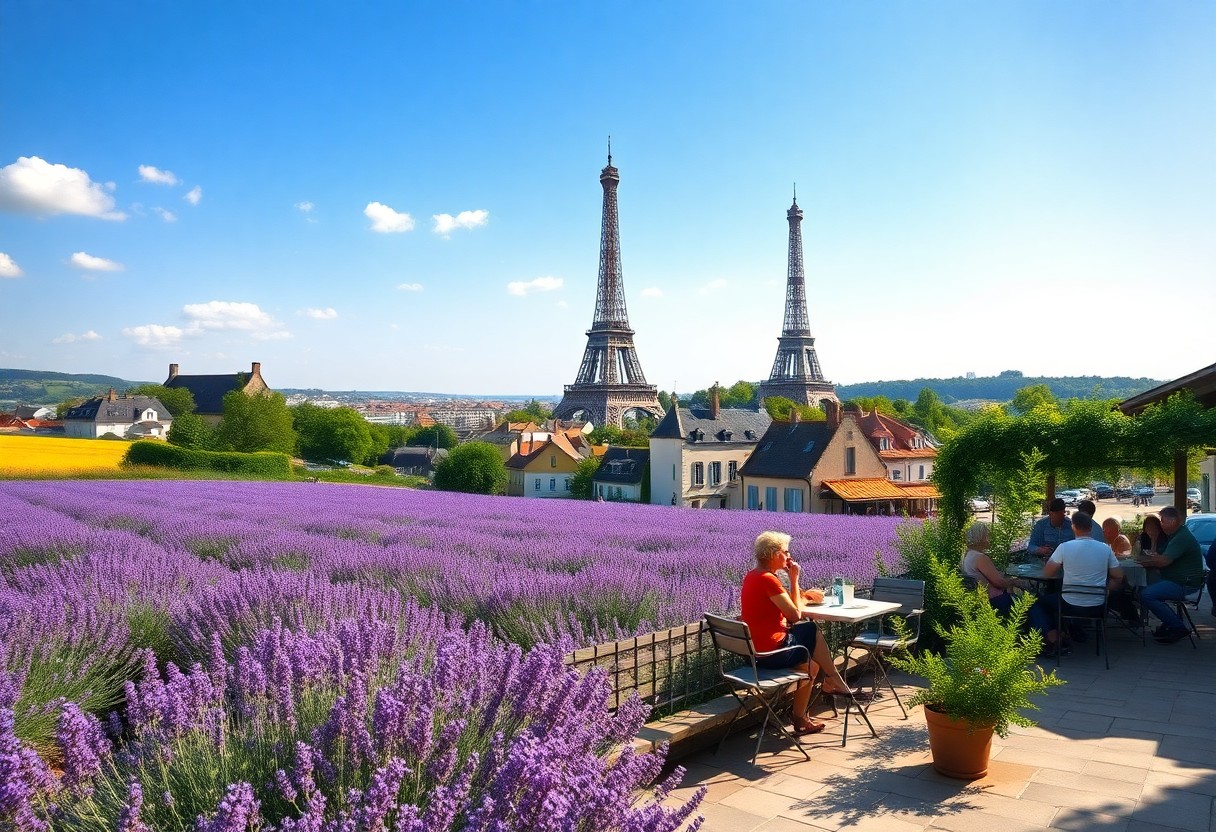
Discover the Ideal Time to Visit France Based on Your Personal Preferences
Each season in France offers a unique set of experiences, so your optimal travel timing should reflect your personal interests. The peak season (June-August) brings warm weather and a plethora of festivals, albeit at a higher cost. In contrast, the shoulder seasons (April-May, September-October) present enjoyable weather with fewer crowds, making them excellent choices for exploration. Winter (November-March) often features the most budget-friendly rates but demands careful planning to navigate the cooler weather. Assess your priorities—be it cost, climate, or activities—to pinpoint the best time for your visit.
Enhance Your Cultural Tourism and Sightseeing Experience in France
For a rich cultural experience, consider planning your visits during the shoulder seasons. During these periods, you can explore renowned museums and historical sites without the overwhelming crowds. With comfortable temperatures ranging from 15-20°C (59-68°F), the conditions are ideal for leisurely city strolls and visits to outdoor monuments. Additionally, major museums typically experience shorter queues during these times, allowing you to enjoy the exhibits more thoroughly and at a relaxed pace. Immerse yourself in local traditions and enjoy cultural events that celebrate the diverse heritage of different regions.
Embrace Outdoor Adventures and Activities in France
Outdoor adventures in France reach their peak during the late spring to early fall (May-September). This period is perfect for hiking in the majestic Alps, cycling through the picturesque Loire Valley, or kayaking in the stunning Ardèche region, all while benefiting from optimal weather conditions. With summer temperatures averaging 25°C (77°F), it’s an ideal time for engaging in various outdoor activities. The French Alps, in particular, offer a range of pursuits suited to each season. Summer is fantastic for hiking, while winter transforms the landscape into a skiing utopia. Spring and fall are perfect for mountain biking and rock climbing, with temperatures typically ranging from 10-20°C (50-68°F). Embrace the breathtaking natural beauty and exhilarating experiences that await you in the great outdoors of France.
Indulge in Culinary and Wine Tourism Experiences
The ultimate food and wine experiences await you during the harvest season (September-October). This time of year allows you to immerse yourself in local wine harvests, savor fresh regional products, and participate in various food festivals. Numerous wine regions hold special tasting events during this period, offering opportunities to indulge in the rich flavors of French cuisine. To enhance your culinary journey, consider planning your visit around specific regional harvests. For example, Champagne tours are exceptional from August to October, while the thrill of truffle hunting peaks in winter, aligning each region's specialties with its unique seasonal calendar. Engage with local producers and chefs to discover the authentic tastes of France.
Optimize Your Beach and Coastal Visits for Maximum Enjoyment
If you dream of a beach vacation, plan your visit between June and September, when the Mediterranean waters reach their warmest temperatures (20-24°C/68-75°F). The French Riviera boasts over 300 days of sunshine each year, making it a premier destination for sun-seekers. However, be mindful that summer also attracts peak crowds and higher prices. During this period, you’ll find a wide array of dining and entertainment options along the coast. If you prefer a more tranquil beach experience, consider visiting in May or September when the weather remains pleasant, but crowds are significantly smaller. Coastal towns retain their charm year-round, though some facilities may operate on reduced hours outside the peak summer season. Enjoy your beach days by exploring both popular spots and hidden gems along the coastline.
Essential Seasonal Travel Considerations for an Unforgettable Trip
Unlike many other destinations, France offers unique experiences throughout each season. Every time of year brings distinct advantages for your travel plans. For instance, spring showcases blooming gardens, summer bursts with lively festivals, autumn highlights wine harvests, and winter transforms cities into enchanting holiday destinations, each providing something special for various travelers. Understanding these seasonal nuances will help you tailor your itinerary to maximize your trip’s enjoyment.
Understanding Peak vs. Off-Peak Seasons for Effective Planning
One of the most significant factors in planning your visit should involve timing your trip around peak seasons. July and August mark the highest influx of tourists, while the period from November through March sees significantly fewer visitors. Your choice between peak and off-peak travel will impact everything from accommodation availability to wait times at attractions. By strategically planning your travel dates, you can enjoy a more relaxed experience and potentially save on costs.
Crowd Levels and Their Influence on Your Tourism Experience
An important aspect of French tourism is the noticeable variation in crowd density throughout the year. Paris attracts around 30 million visitors annually, with summer months leading to the most significant foot traffic at major attractions. This influx can dramatically affect your experience at popular sites. For example, you may encounter 45-minute waits at the Eiffel Tower during peak season, compared to more manageable waits of 15 minutes during off-peak months. Early morning visits (before 9 AM) are typically the best way to enjoy major attractions, regardless of the season. By planning your visits wisely, you can maximize your enjoyment and minimize wait times.
Understanding Price Fluctuations Throughout the Year
To make the most of your travel budget, it’s essential to recognize that prices vary significantly across seasons. Hotel rates can drop by as much as 40% during winter months, with the exception of the holiday season in December and special events. Seasonal pricing affects more than just lodging; flight costs often peak during the summer and school holidays. Therefore, shoulder seasons (April-May and September-October) frequently provide the best value, balancing reasonable prices and favorable weather conditions. Planning your trip during these periods can help you enjoy the best of France without overstretching your budget.
Exploring Regional Weather Variations for a Customized Experience
Considerable weather variations exist across France’s diverse regions. While Mediterranean areas enjoy milder winters, northern regions tend to experience more dramatic seasonal differences, which can greatly impact your travel experience. For example, summer temperatures in Provence can soar to 30°C (86°F), while Paris remains cooler, averaging around 25°C (77°F). Conversely, alpine areas maintain snow coverage from December through April, making them ideal for winter sports enthusiasts seeking adventure. Understanding these regional differences will enable you to choose the best destinations and activities tailored to your interests.

Uncover Budget-Friendly Travel Periods for Your French Adventure
For travelers in search of value, France offers significant savings during specific seasons. The off-peak season from November to March provides the most budget-friendly options, with hotel rates often up to 40% lower than during peak periods. Additionally, you’ll find reduced prices on flights, accommodations, and attractions, although some tourist sites may operate with limited hours during this time. Smart planning can enhance your travel experience while keeping costs manageable.
Embrace the Benefits of Traveling During the Low Season
One of the primary advantages of visiting France during the winter months is the significant cost reduction. You can explore Paris’s major museums free from the usual crowds, find hotel deals starting at €80 per night, and engage with authentic local life. Winter also presents unique experiences like Christmas markets and exhilarating winter sports in the Alps, making it a magical time for exploration. By capitalizing on these low-season benefits, you can enjoy a more intimate experience of French culture.
Capitalize on Shoulder Season Opportunities
The transitional periods between peak and off-peak seasons (April-May and September-October) offer an excellent blend of affordable prices and pleasant weather. During these times, you can enjoy comfortable temperatures, fewer tourists, and rates that are typically 20-30% lower than summer prices. Understanding the nuances of shoulder season travel can help you maximize your budget and enjoyment. You’ll often find flight prices averaging 25% less than peak summer costs, while attractions remain fully operational, and weather conditions are comfortable for sightseeing adventures.
Implement Cost-Saving Strategies for Your Travel Plans
As you map out your French adventure, consider booking accommodations in advance, utilizing public transportation passes, and dining at local markets to help reduce daily expenses by up to 50% compared to peak season rates. Travel smart by opting for options like the France Rail Pass for transportation and visiting attractions during off-peak hours. Additionally, aim to book your accommodations at least 3-4 months prior for the best rates, and consider staying in neighborhoods outside tourist hotspots, where prices can be 30-40% lower. These practical strategies can enhance your travel experience while keeping costs under control.
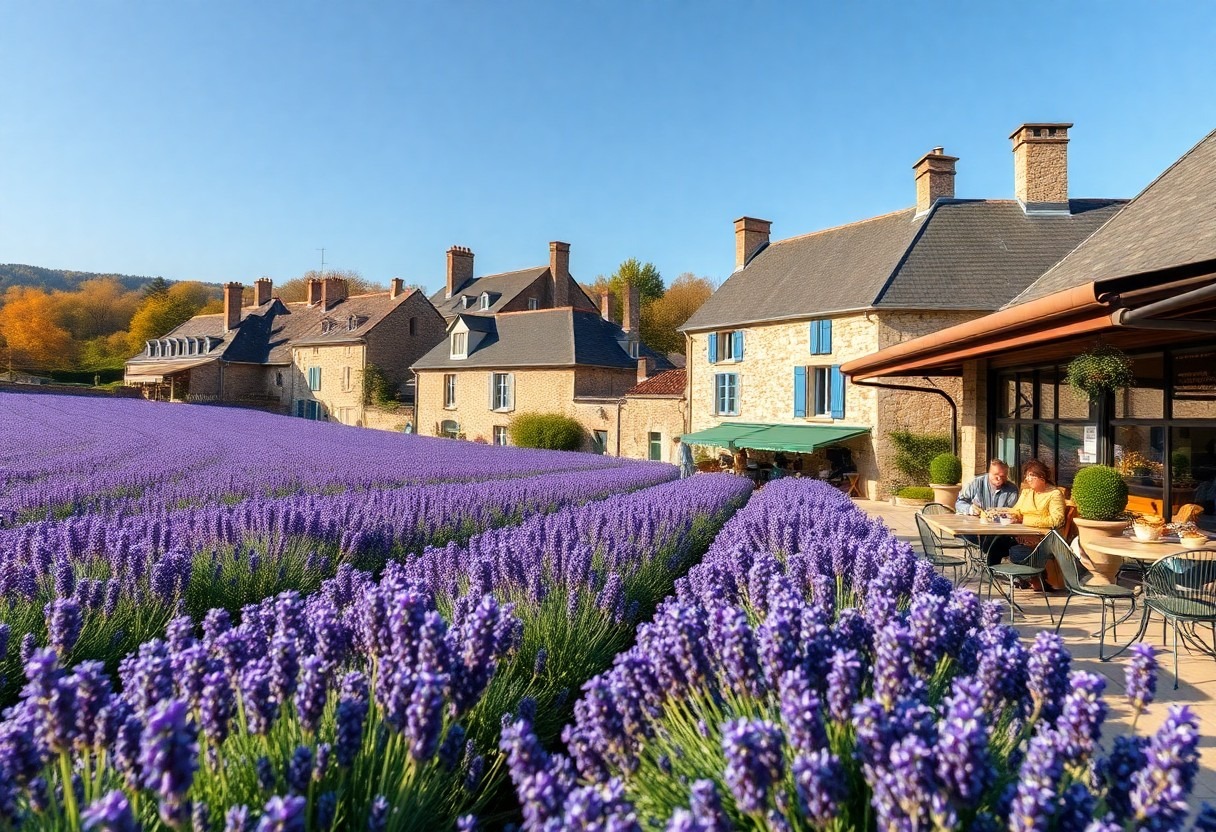
Essential Travel Tips Customized for Each Season
Your seasonal visits to France will necessitate different preparations to ensure a smooth experience. Being aware of each season’s unique characteristics will aid you in planning effectively to make the most of your time in France.
- Spring: Pack rain gear and light layers for fluctuating temperatures.
- Summer: Secure accommodations early and prepare for larger crowds.
- Fall: Bring warm clothing and check dates for harvest festivals.
- Winter: Pack heavy coats and verify attraction opening hours to avoid disappointment.
Smart Packing Strategies for Your French Adventure
Travel intelligently by adjusting your luggage to align with France’s seasonal weather patterns. Comfortable walking shoes, versatile layers, and rain protection are essential year-round. Your packing list should also include a universal adapter for your electronic devices and a basic French phrases book to enhance your communication during your travels. This preparation ensures you’re well-equipped for various situations and can engage more deeply with the local culture.
Transportation Recommendations for Seamlessly Navigating France
Your journey through France will be greatly enhanced by utilizing the efficient rail system. You can choose between high-speed TGV trains for major cities and regional trains for local exploration. Your rail pass options range from single journey tickets to multi-day passes, providing flexibility for your travels. By opting for train travel, you can relish the scenic views of the countryside while comfortably reaching your next destination.
Moreover, combining train travel with local metro systems in major cities maximizes your mobility. The RATP app serves as a valuable resource for navigating Paris's public transport, while regional buses connect you to smaller towns and quaint villages, enriching your travel experience. Utilizing these transportation options can help you explore France efficiently and comfortably.
Accommodation Advice for a Comfortable Stay in France
Accommodation costs can vary dramatically based on location and season. Your best options may include boutique hotels in city centers or gîtes (holiday homes) in rural areas, providing a taste of local culture. To secure the best deals, aim to book 3-4 months ahead for peak season visits. Look for options that include breakfast or other amenities to enhance your stay and simplify your mornings.
When selecting your accommodation, consider transportation links to guide your choice. Ensure your hotel is conveniently located near public transport or offers parking if you’re driving. Staying in smaller towns near major cities can help reduce costs while still providing good accessibility to attractions. This approach allows you to enjoy a more peaceful setting without sacrificing convenience.
Key Planning Considerations for an Unforgettable Journey
Your trip's success hinges on careful planning, including considerations for travel dates, budget constraints, and seasonal activities. Striking a balance between peak tourist seasons and off-peak advantages is crucial, as is your comfort with varying weather conditions. Ideally, allocate at least two weeks to explore the major destinations in France properly. This timeframe allows for a more leisurely pace and the opportunity to discover hidden gems along the way.
Festival and Event Schedules to Enrich Your Experience
To fully immerse yourself in the rich tapestry of French culture, plan your visit around major events such as Bastille Day (July 14), the Cannes Film Festival (May), or the Tour de France (July). These events can significantly impact accommodation prices and availability in certain regions, making it essential to book early if you wish to participate. Engaging in these festivities will not only enrich your travel experience but also provide unique insights into the vibrant traditions of France.
Understanding Opening Hours and Accessibility of Attractions
Many French attractions follow specific seasonal schedules that you should consider while planning your visit. For example, museums are often closed on Tuesdays, and smaller shops may frequently close on Sundays. Your visit timing can influence access to key sites; hence, being aware of these hours is vital for effective trip planning. Additionally, many restaurants may close between lunch and dinner (usually 2:30 PM to 7:00 PM), and popular attractions might have extended hours during summer months but reduced schedules in winter. Structuring your itinerary around these schedules will help you make the most of your time in France.
Regional Travel Insights for a Customized Experience
For the optimal travel experience, each French region has its peak season that you should align with. For instance, Provence is breathtaking in July for lavender blooms, while the Alps are ideal for winter sports from December to March. Your choice of destination should reflect these seasonal highlights to maximize both enjoyment and experience. Familiarizing yourself with the weather patterns of each region is also essential for effective packing. The Mediterranean coast enjoys mild winters but can be extremely hot during summer, while northern France tends to experience more rainfall year-round. The Atlantic coast often faces strong winds in autumn, and mountainous regions can experience significant temperature fluctuations between day and night.
Final Insights on Planning Your French Adventure
In summary, you can effectively plan your visit to France based on your personal preferences and ideal weather conditions. Spring offers mild temperatures and stunning blooms, while summer provides long, sunny days perfect for sightseeing and outdoor activities. Fall is highlighted by harvest festivals and fewer tourists, whereas winter presents the lowest prices and unique seasonal experiences. Your optimal time to visit will hinge on your budget and desired activities: opt for spring or fall for balanced weather and moderate crowds, choose summer for maximum activities despite higher costs, or select winter for the best deals. By packing appropriately for your chosen season, you can fully enjoy the beauty of France, regardless of the weather.
Frequently Asked Questions About Traveling to France
Q: What are the best months to visit France for pleasant weather and fewer crowds?
A: The ideal months to visit France are April-May (spring) and September-October (fall). During these periods, temperatures typically range from 15°C to 20°C (59°F to 68°F), creating perfect conditions for sightseeing and outdoor activities. You'll also encounter smaller crowds at major attractions, allowing you to enjoy outdoor cafes and gardens in a comfortable atmosphere. Additionally, hotel prices are generally lower than during the peak summer season, making it a cost-effective choice.
Q: How does summer weather affect tourism in France?
A: Summer (June-August) brings warm temperatures ranging from 17°C to 25°C (63°F to 77°F) and long sunny days, marking the peak tourist season with the largest crowds and highest prices. Paris and the South of France can become hot and humid, reaching up to 35°C (95°F). During this time, popular attractions often have long wait times, and many locals escape the cities for vacation in August, leading to closures of some smaller shops and restaurants. Planning your itinerary with these factors in mind will enhance your experience.
5 comments
Sno Pug
I’m glad you found the guide helpful and that it struck a chord with your own Parisian adventures! Cherry blossoms in April really do transform the parks into ethereal fairylands, don’t they? Walking through the hue of soft pink while sipping an espresso and pretending your life is a romantic comedy sounds just about perfect. And let’s not forget the critical moments of avoiding doom by dodging the occasional pigeon as it aims for a potential landing spot on your shoulder—Parisian wildlife has its own sense of humor, after all.
Anonymous
It’s great to hear about your trip to Paris in April! The cherry blossoms really do transform the parks into something magical, don’t they? There’s something special about experiencing the seasons in France; it adds a whole new layer to the journey. When the weather is mild, it feels like an invitation to soak in the city, whether you’re enjoying a coffee at a sunny terrace or wandering through the historic streets.
Thank you for your kind words! If you’re looking to recreate that enchanting experience in Paris or discover more seasonal highlights across France, check out our curated travel resources to plan your perfect getaway.
https://snopug.org/rewrite-ninja





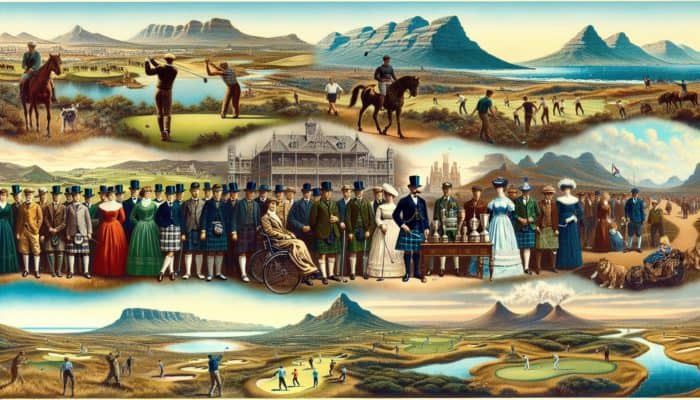
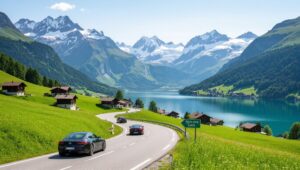


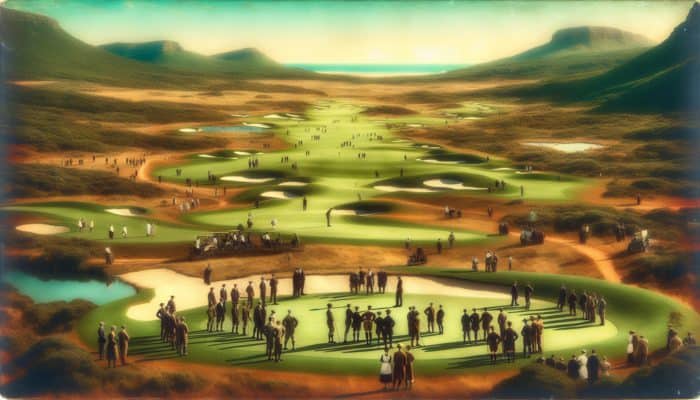




Fiona Lambert
Your guide presents such a thoughtful overview of planning a trip to France! I especially appreciate your emphasis on seasonal experiences; it really makes a difference when you align your travel with what’s happening in the region. I remember visiting Paris in April a couple of years ago—the cherry blossoms in the parks were stunning, and the mild weather was perfect for outdoor cafes and leisurely strolls along the Seine.